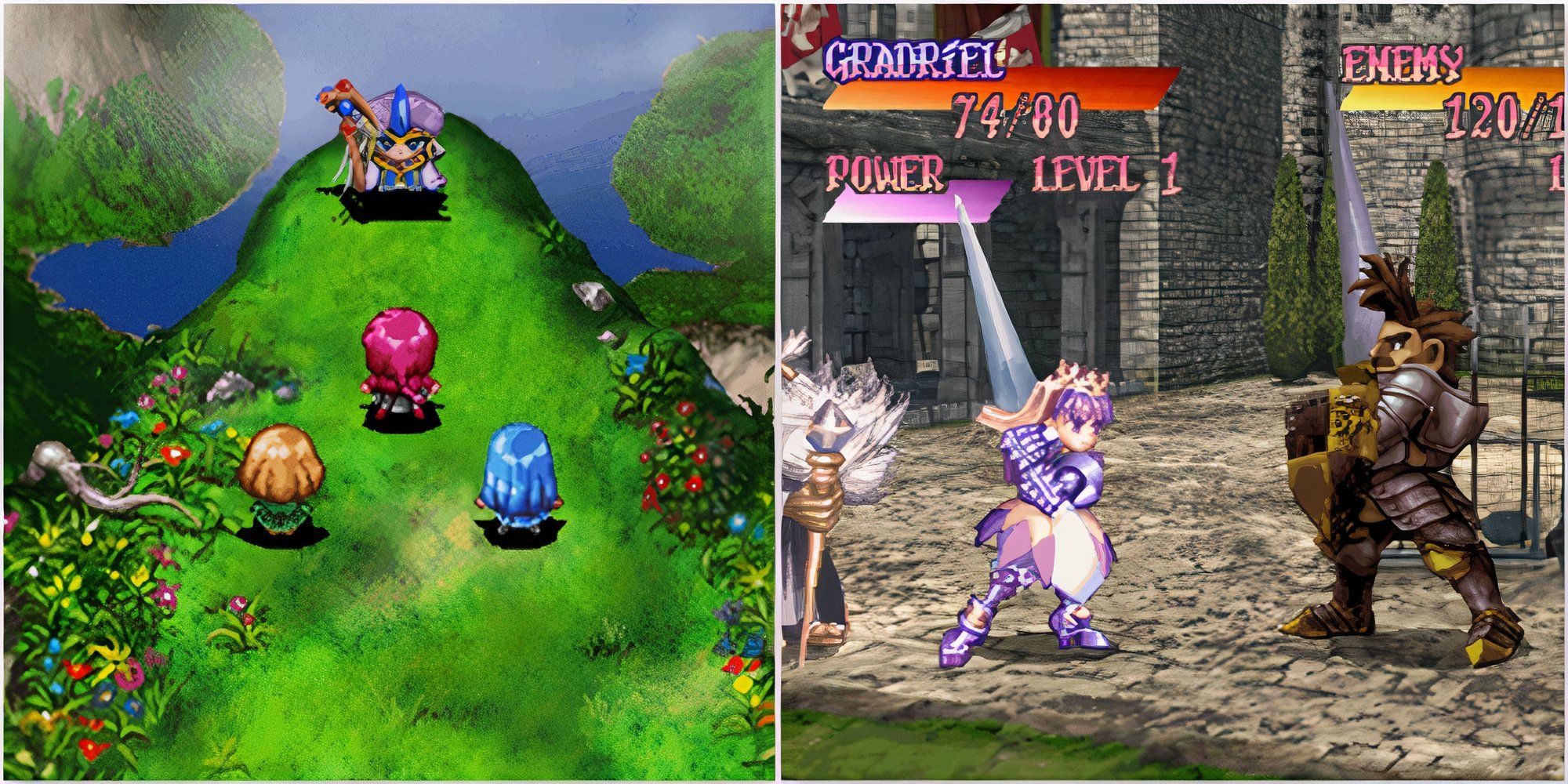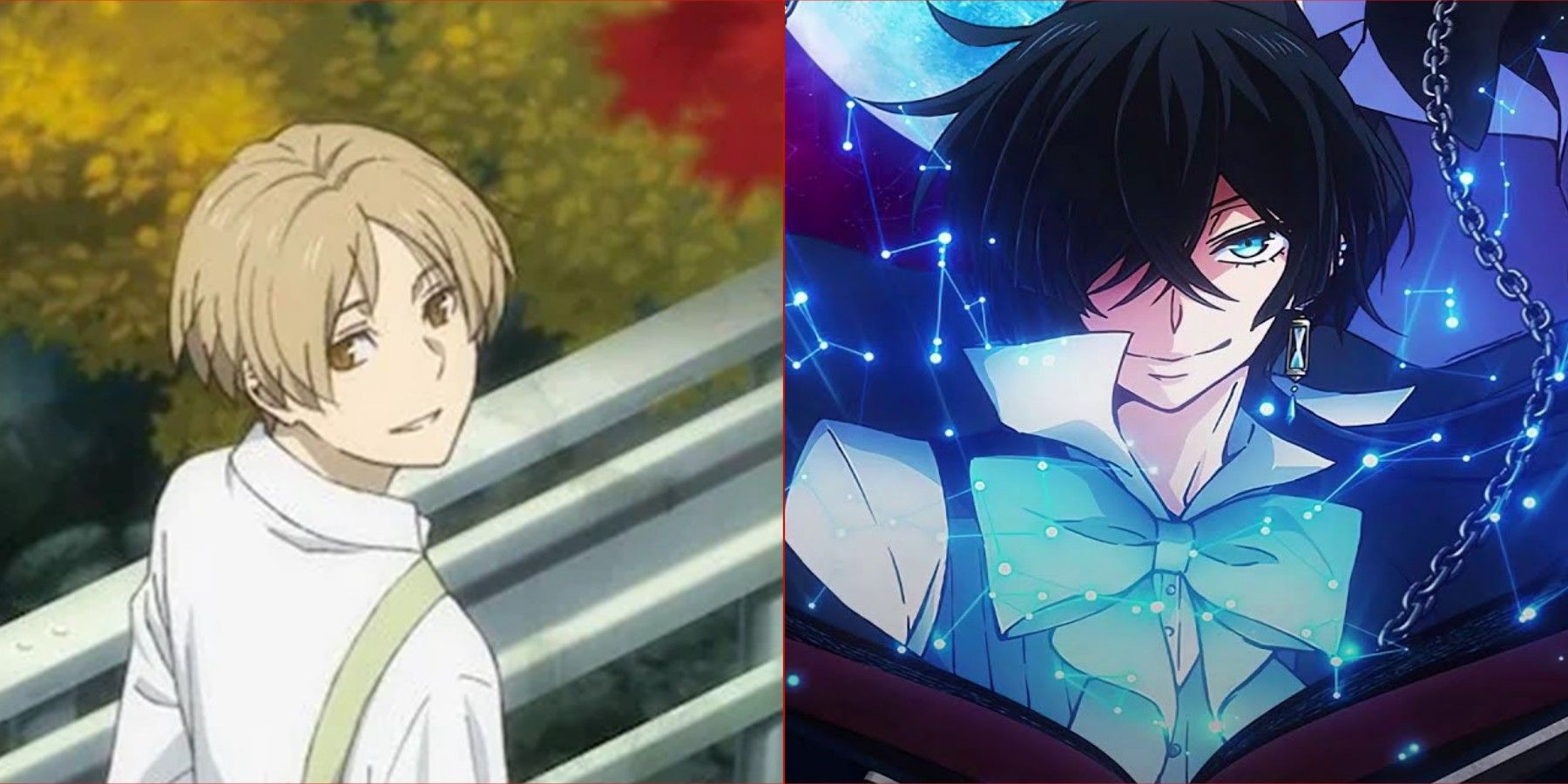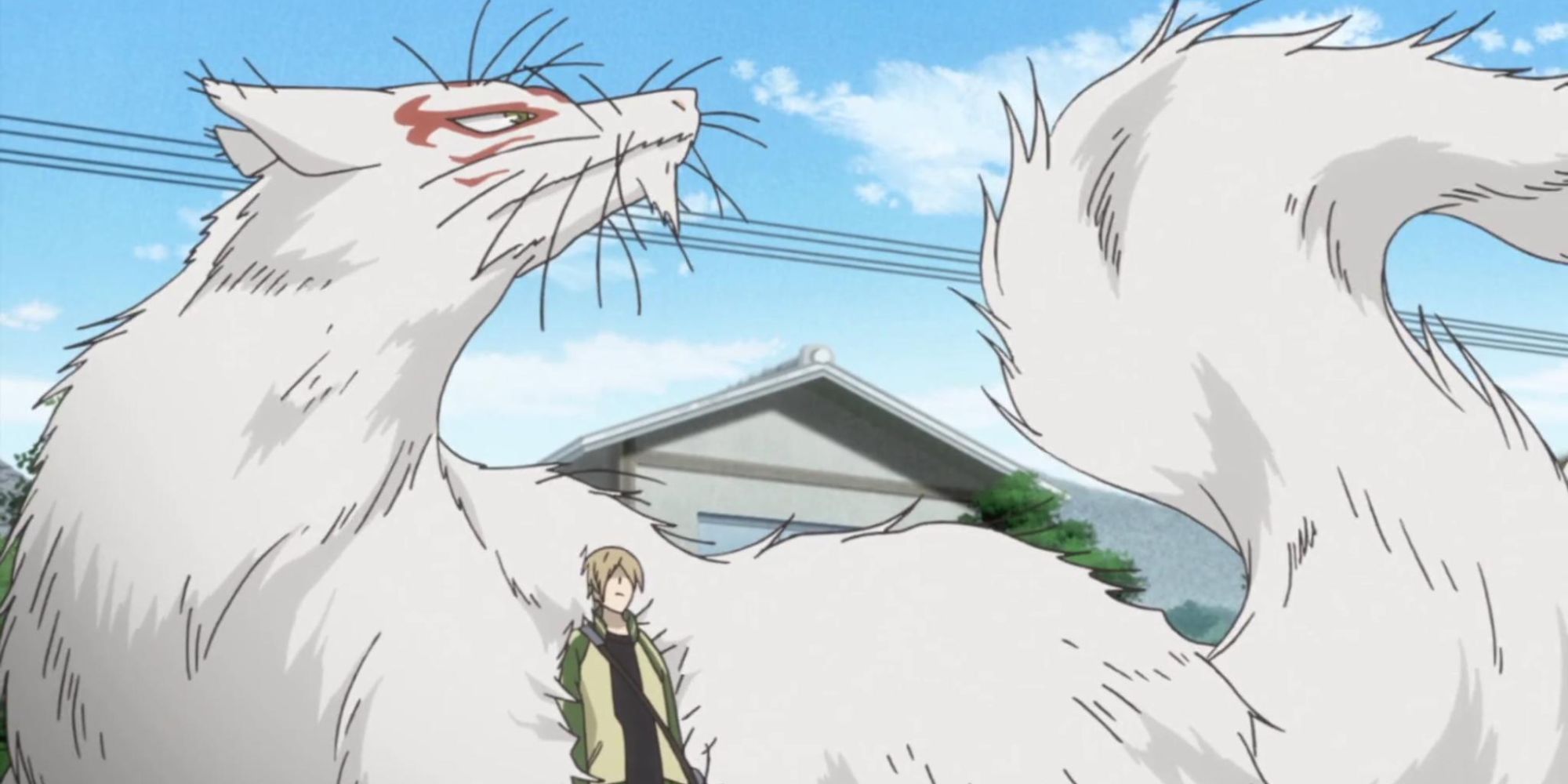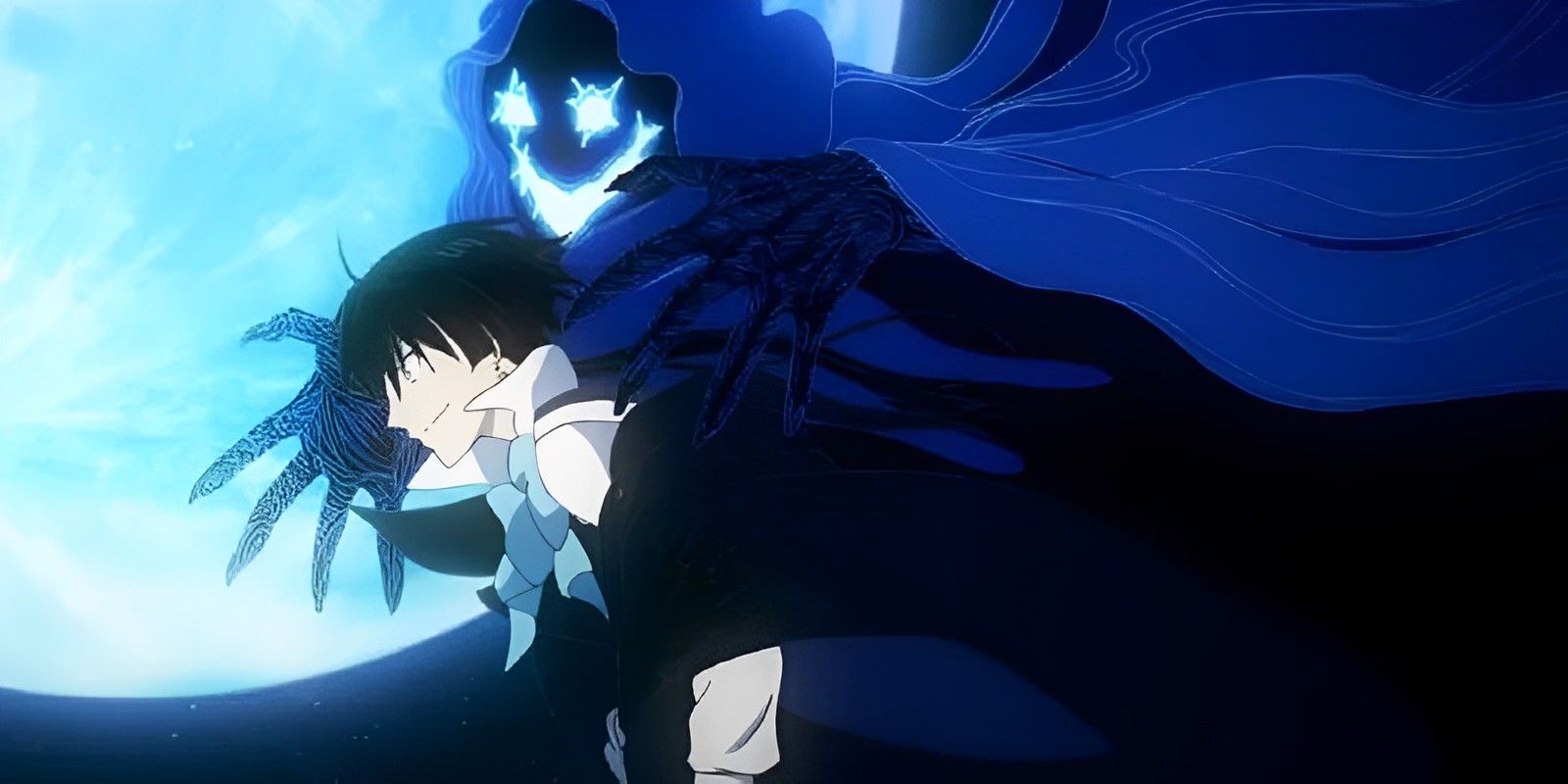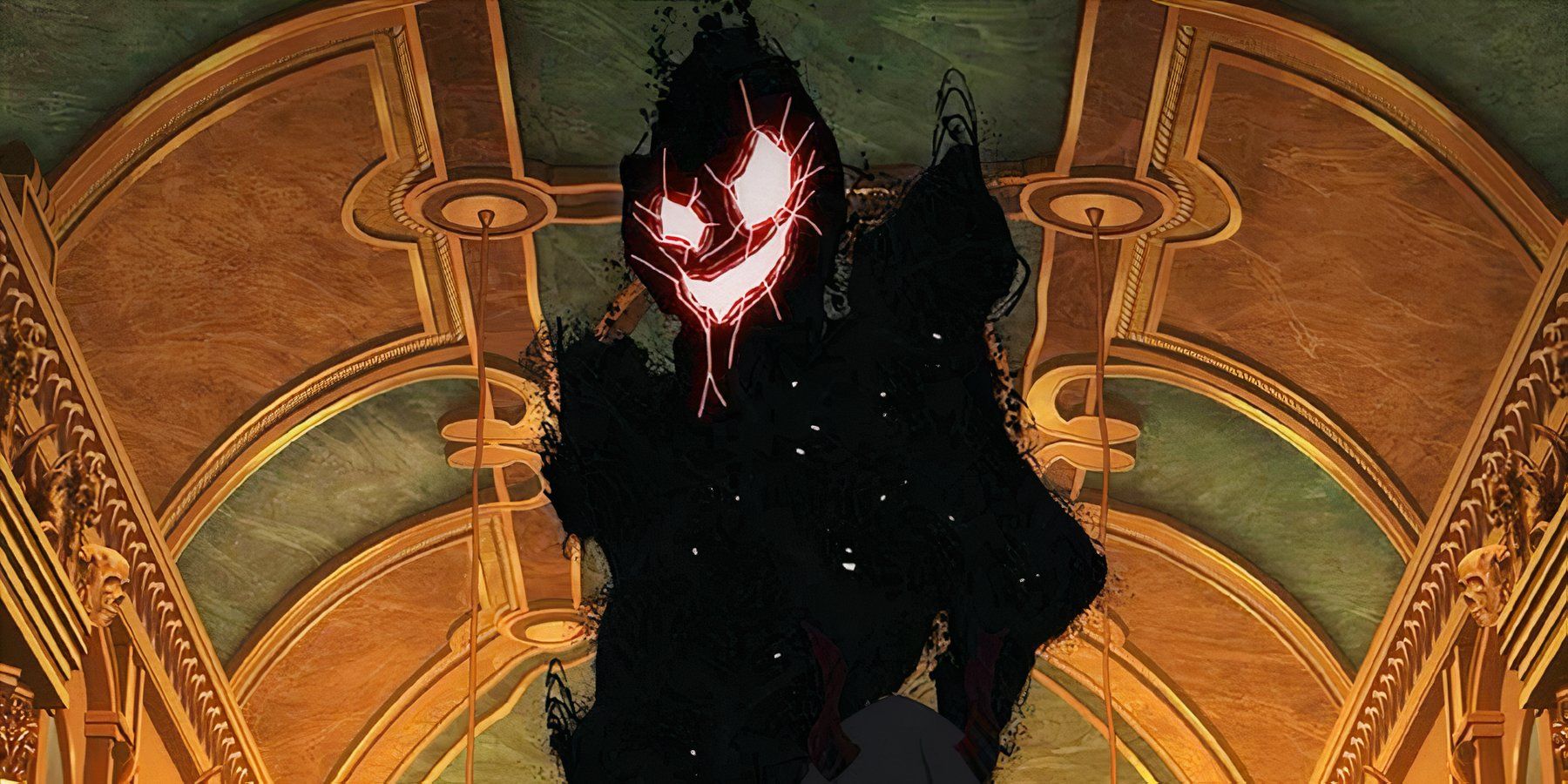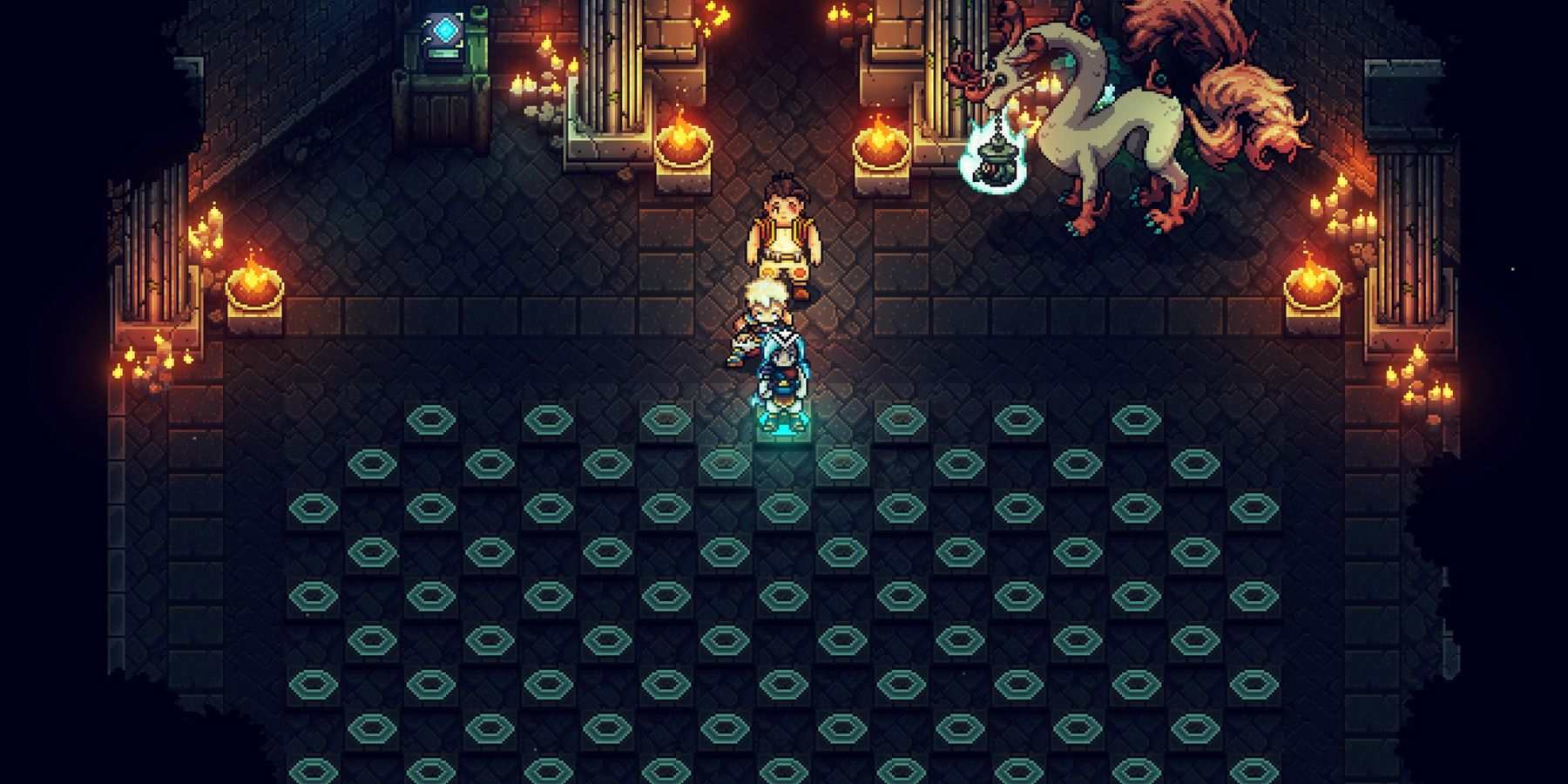Key Takeaways
- Natsume’s Book of Friends and The Case Study of Vanitas share a focus on the importance of nomenclature in driving the story.
- Both series feature orphans deeply connected to powerful books central to the story and accompanied by fantastical beings.
- The concept of true names used in both series propels the narrative forward, exploring the significance and consequences of names.
Given that Natsume’s Book of Friends is returning to television for the first time in 7 years and celebrating its 15th anniversary; not to mention the fact that it’ll be part of the highly stacked Fall 2024 anime season, which features a number of new and returning supernatural titles. With a relatively small number of recorded “members” on the aggregate site MyAnimeList for such a great title, it makes perfect sense to reiterate what makes Natsume’s Book of Friends such a great title using a similar title that gained quite the fanbase when it aired in 2021.
Natsume’s Book of Friends is a title that can be seen as The Case Study of Vanitas, before The Case Study of Vanitas; or, much less sensationally, it is a show that can be thought of as titles with some kind of spiritual relation; whether a direct inspiration or a spiritual predecessor/successor relationship. Here’s why.
RELATED
Anime and the True Name Concept
The true name concept follows the basic premise that everything possesses a name expressive of its very nature. How has that been applied in anime?
A Quick Glance At Both Titles
Some Background Information
Natsume’s Book of Friends is based on the manga of the same name created by Yuki Midorikawa and published in Hakusensha’s shōjo manga magazine LaLa DX from June 2003 to April 2008, and serialized in LaLa from July 2007 until the present. It has been collected into 31 volumes. The anime, initially produced by Brain’s Base has six completed seasons, the first of which ran for 13 episodes from July to September 2008, with the seventh season, produced by Shuka, out this Fall.
It follows an orphan named Takashi Natsume, who finds an old notebook that belonged to his maternal grandmother, Reiko Natsume, an exorcist who would bind powerful evil spirits, ayakashi and yōkai to its pages by taking away their names, making them subservient to her will. Takashi decides to return all the names in the notebook, dubbed “The Book of Friends”, and does so with the help of the cat/wolf spirit Madara, more affectionately known as Nyanko-sensei.
Vanitas no Carte, known in English as The Case Study of Vanitas, is based on the manga created by Jun Mochizuki, serialized in Square Enix’s Monthly Gangan Joker since December 2015. It has since been collected into 11 volumes. The anime currently has one season that was split into two halves, the first of which aired from July to September 2021, and the second from January to April 2022.
It is set in a fictionalized 19th-century Paris, combining a steampunk aesthetic with fantasy elements like vampires. Vanitas is a young man who is part of the Blue Moon vampire clan and possesses The Book of Vanitas, a grimoire that has the power to heal vampires that have become uncontrollably bloodthirsty as a result of the corruption of their True Names through a phenomenon called the malnomen, possibly triggered by the influence of a mysterious entity known only as “Charlatan”.
The Biggest Similarities Between Natsume’s Book of Friends and The Case Study of Vanitas
The Importance of Nomenclature
As you may have picked up already, the major connection between these titles lies in how they use nomenclature; more specifically, the True Name concept as a major driving force in the story. For Mochizuki, The Case Study of Vanitas was an attempt to pivot away from Pandora Hearts, her previous success in manga, and draw something with compelling fight scenes and a focus on hidden identities as a thematic component.
Both main characters are orphans who carry a deep connection to the book that is central to the story, with Vanitas having inherited it from the vampire who saved his life as a child. Both characters are also accompanied by another character who is a representative of the main fantastical element of their respective worlds, with Madara often serving as an interface between Natsume and the yokai world, and Vanitas being accompanied by Noé Archiviste, who is part of a bloodline capable of reading the memories of individuals whose blood they have consumed. Naturally, these titles differ in their approach, with The Case Study of Vanitas having a lot more action and fight scenes than Natsume’s Book of Friends, which has a more slice of life feel; however, both titles explore the mysterious pasts of their protagonists, through the character’s own delving into the histories of the mystical characters that populate his universe.
Nomenclature is very important in both titles, as the significance of, and interaction with names is the main theme that propels the story forward, and in both cases, possession of one’s name can spell disaster for that individual, as the names act as the very core of that existence and are the summation of its abilities and experiences. When Takashi Natsume invokes the power of the Book of Friends, it comes at the temporary cost of spiritual energy, but it is also an artifact that is highly sought after in the world of the yokai, making him a target for all kinds of factions that want access to the book’s power. Like Vanitas, Takashi is only able to use the book because he is a direct descendant of his grandmother; while in the case of the Book of Vanitas, the titular character is also capable of using it because of the blood of the Vampire of the Blue Moon coursing through his veins, giving him abilities beyond those of the average human.
An Age-Old Concept
Nomenclature: The Tie That Binds
What inspired Mochizuki’s exploration of vampires in this manner was her desire to depict Vanitas as a character who goes around healing vampires from their maladies, but she didn’t think readers were interested in the kind of narrative where vampires go under the knife. Rather, she drew upon the true name concept; one that constantly appears in Japanese folklore and media, and applied it to grant the aforementioned healing a more abstract quality that better ties in to the theme of hidden identity that is prevalent in The Case Study of Vanitas. Natsume’s Book of Friends very likely has a similar inspiration behind this mechanic, albeit “healing” yokai isn’t the goal, but using the notebook to return their names, and therefore, returning them to their true state, is very similar to Vanitas’ goal.
Natsume’s Book of Friends and The Case Study of Vanitas are available to stream on Crunchyroll.

